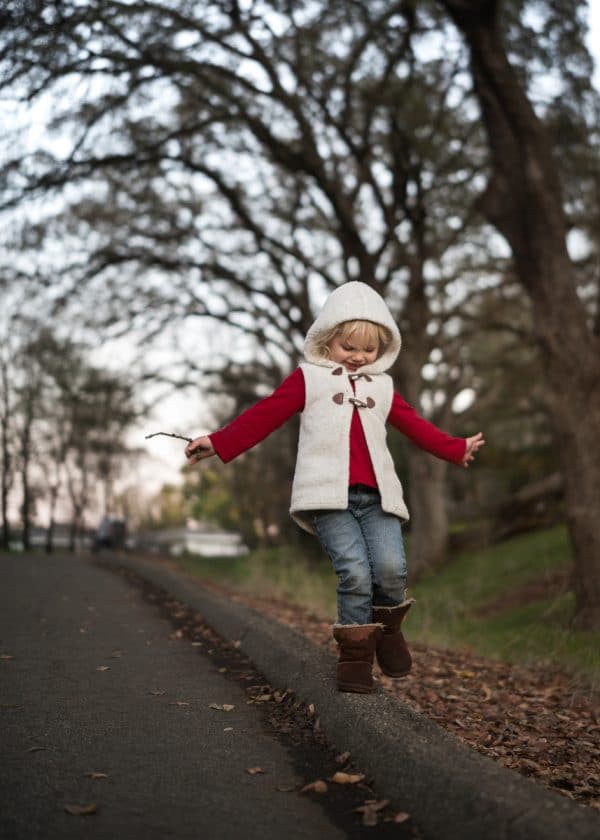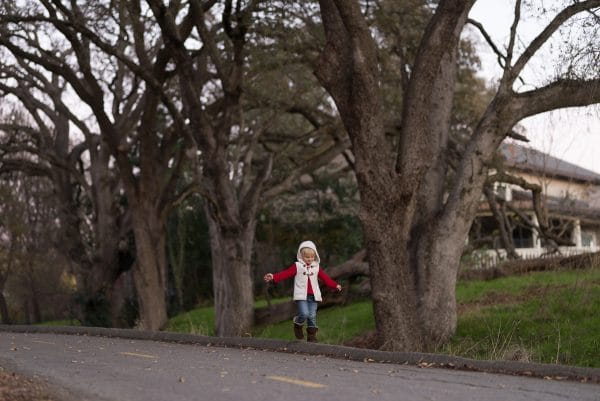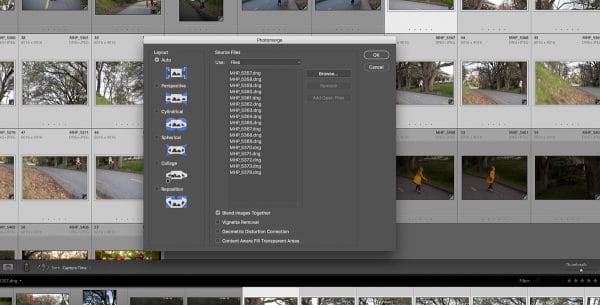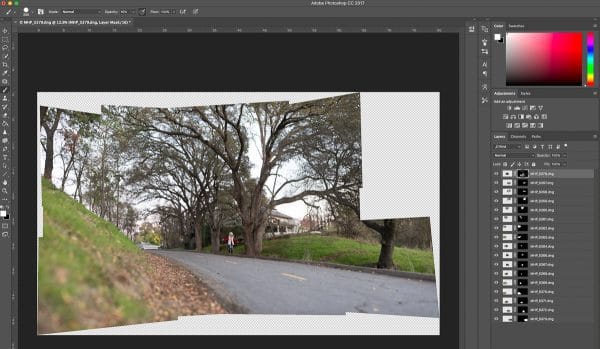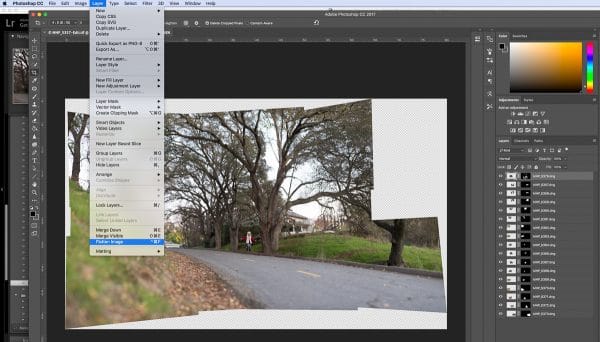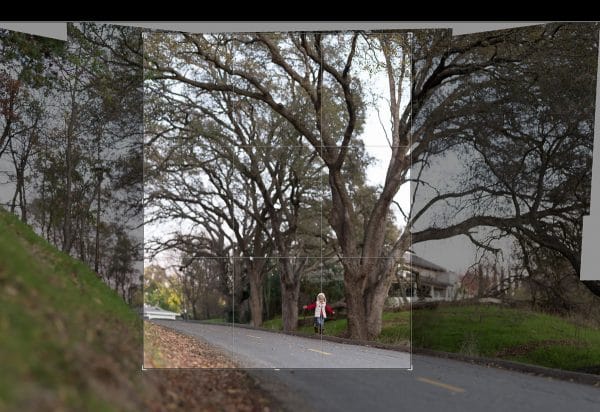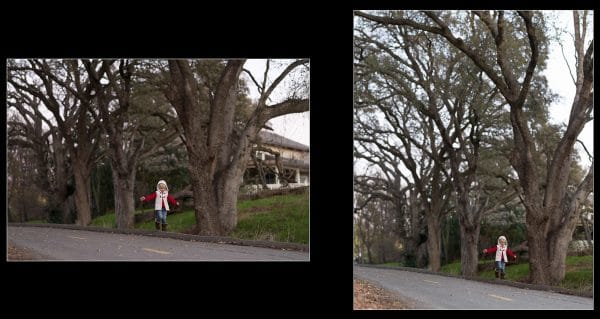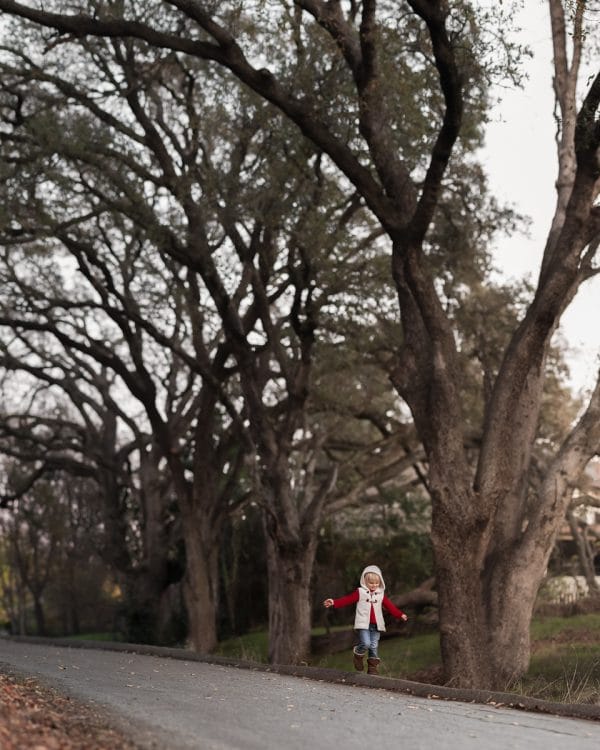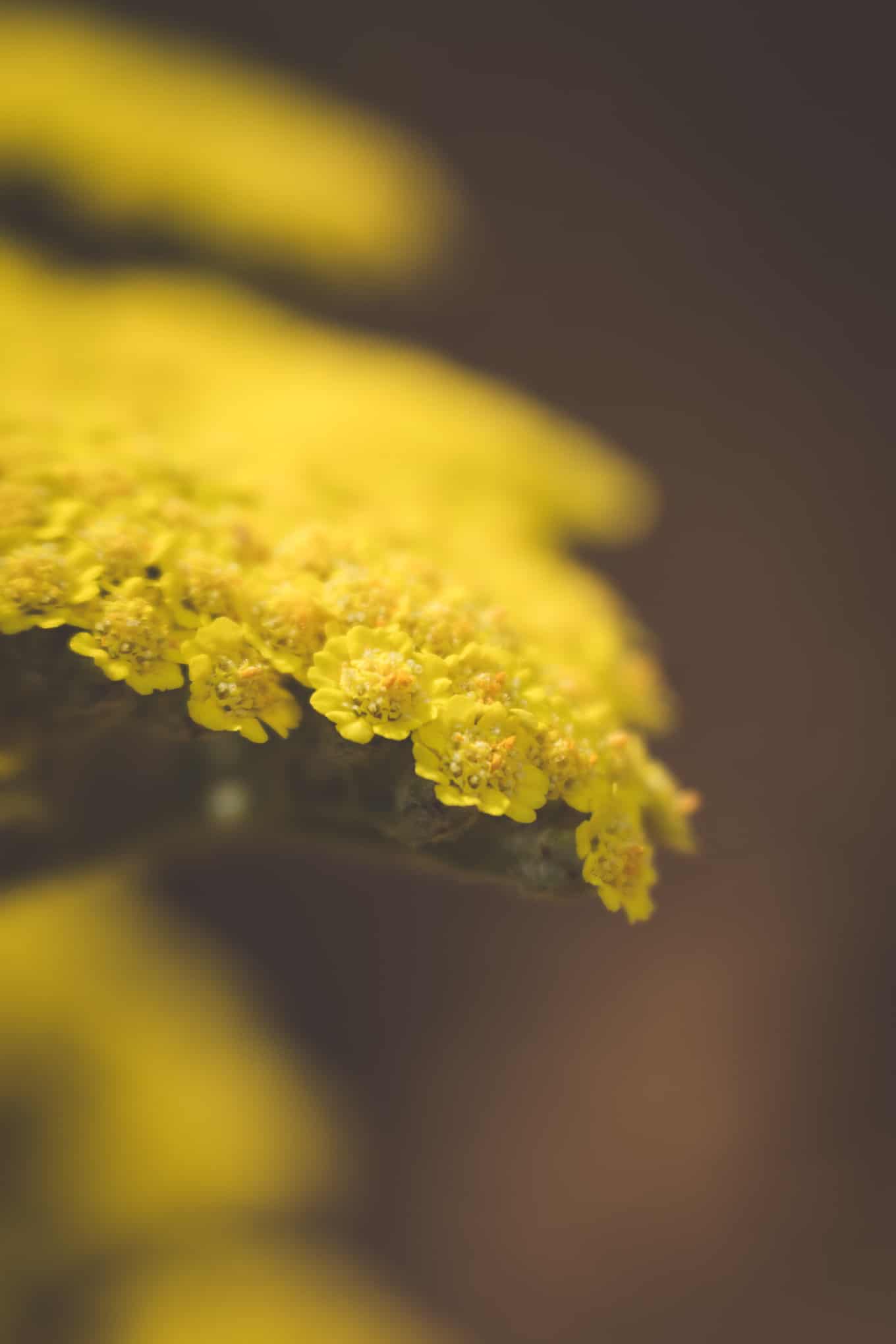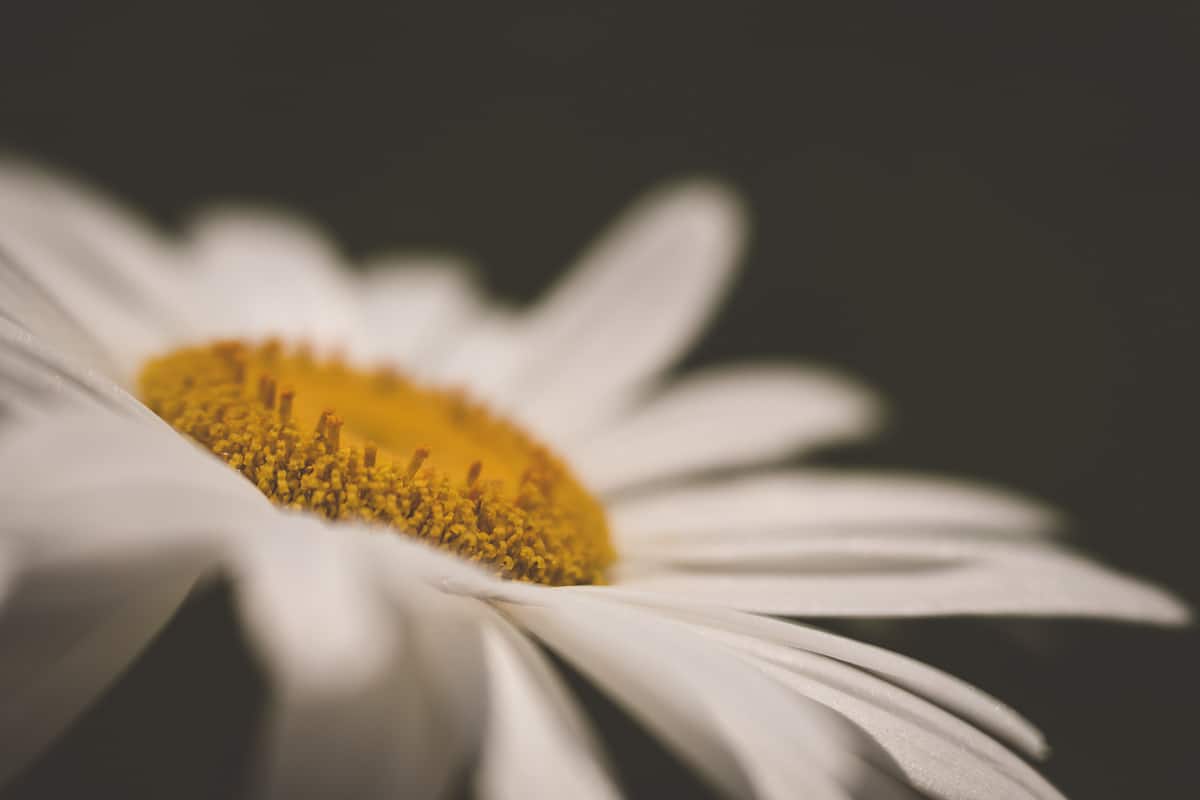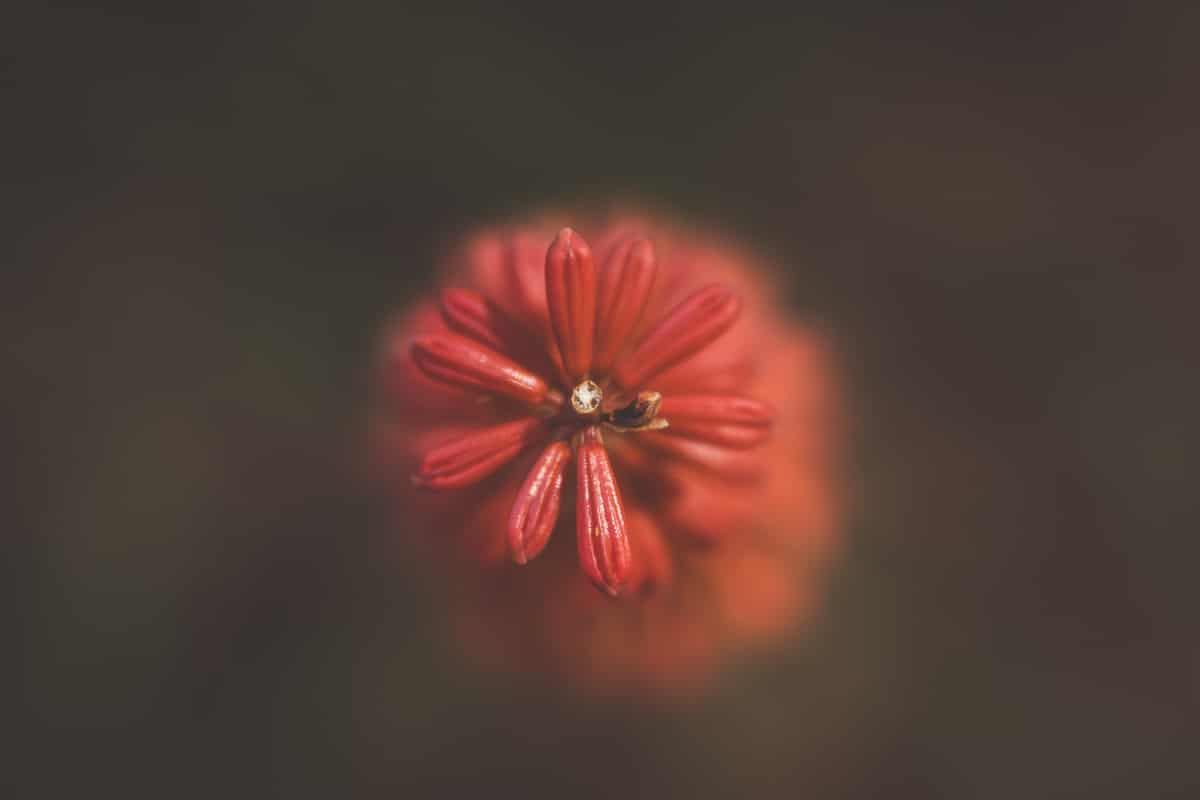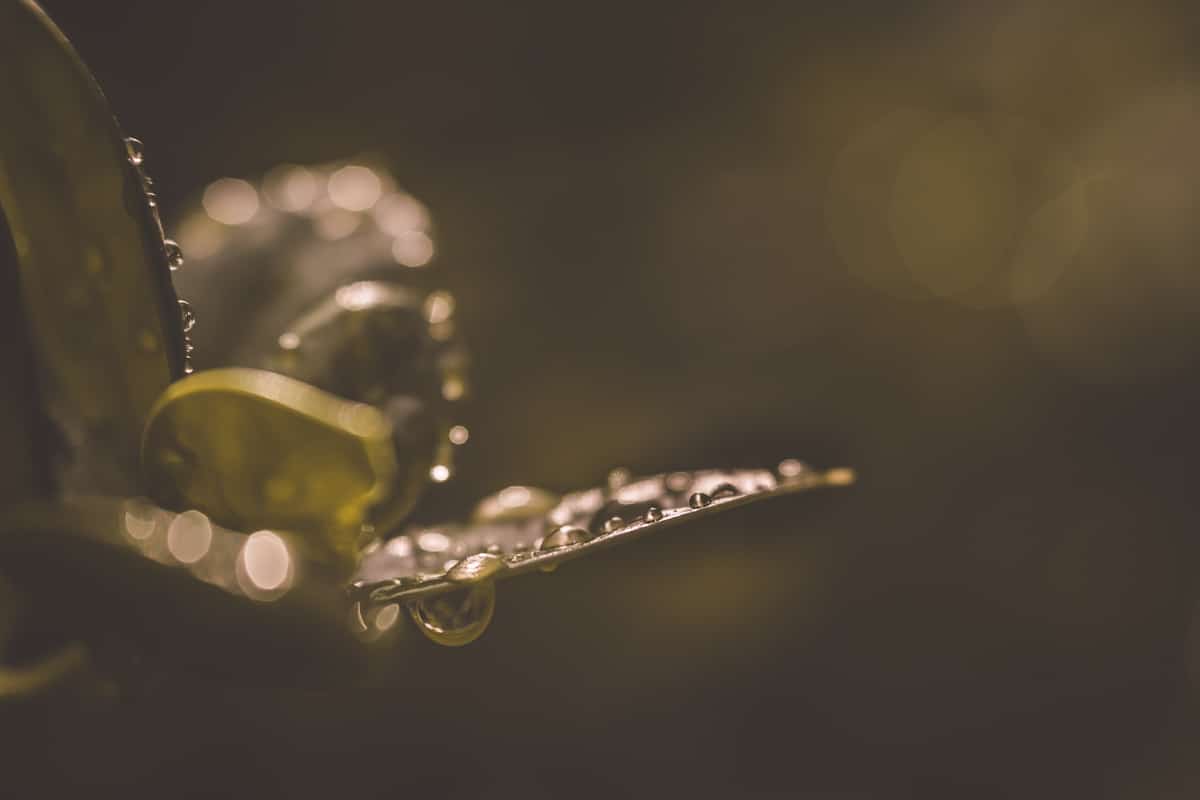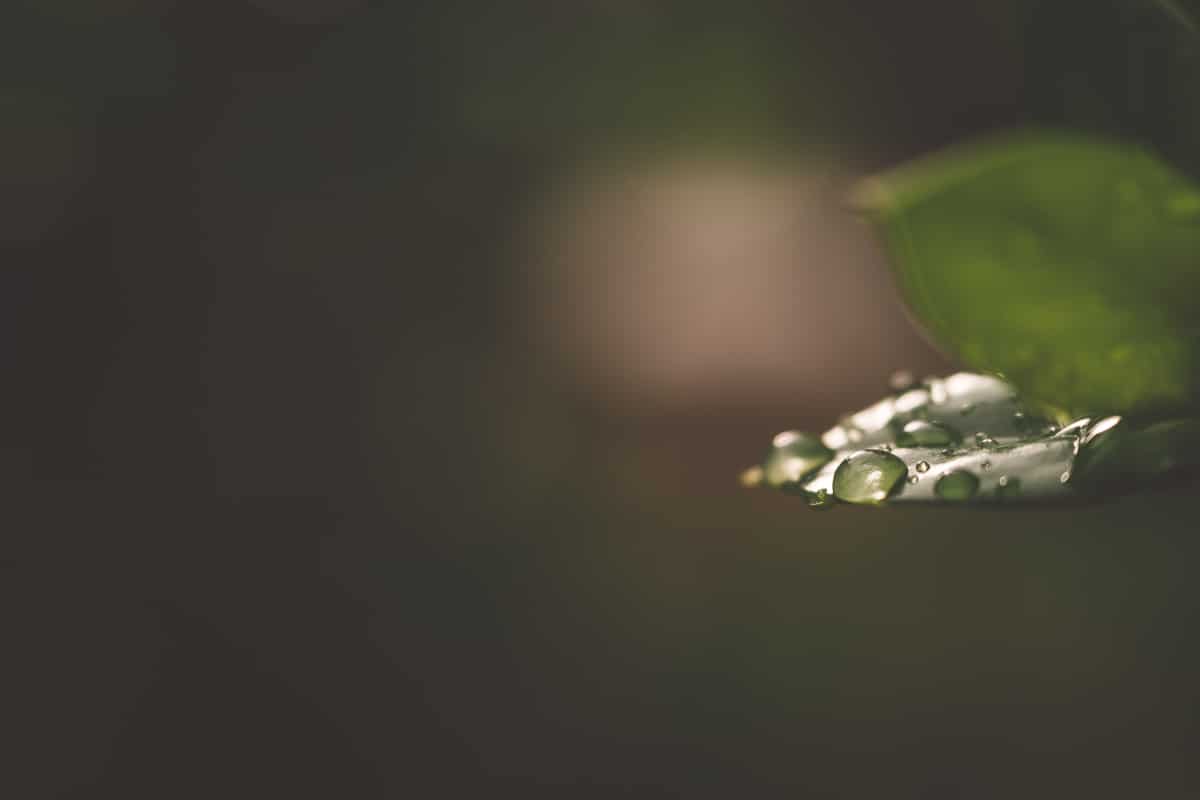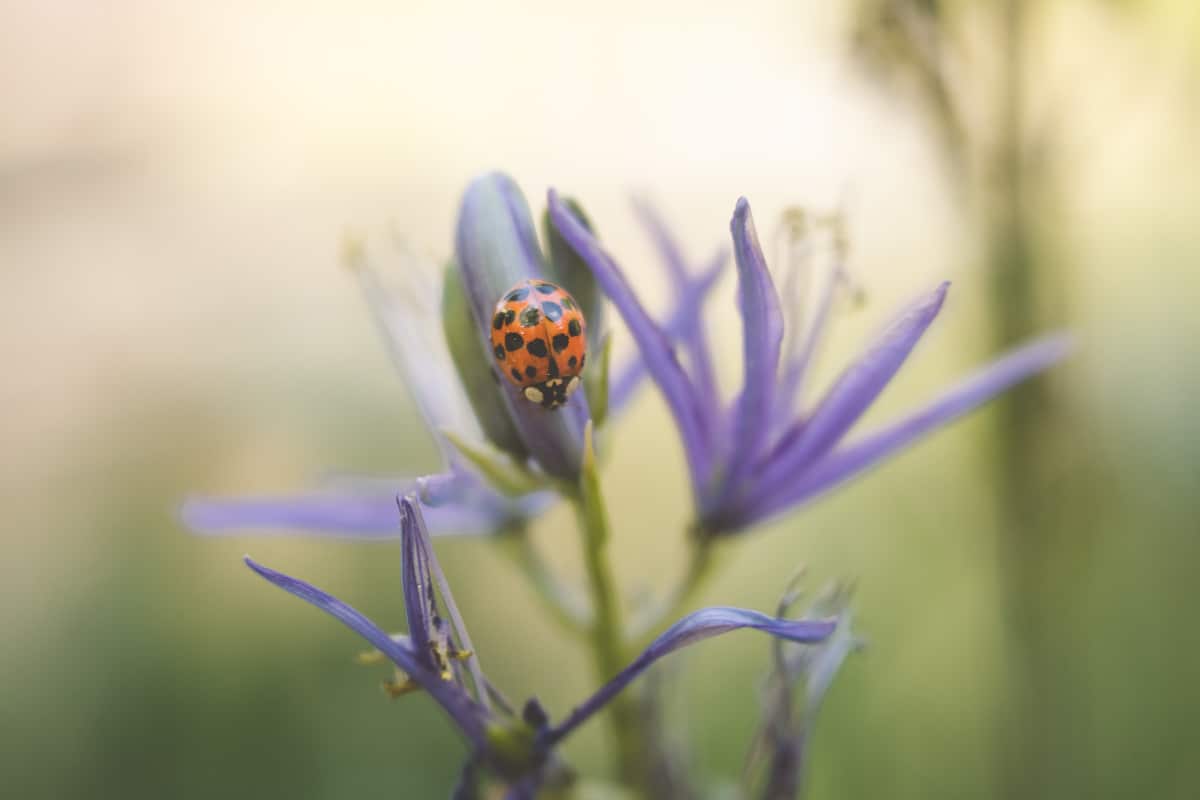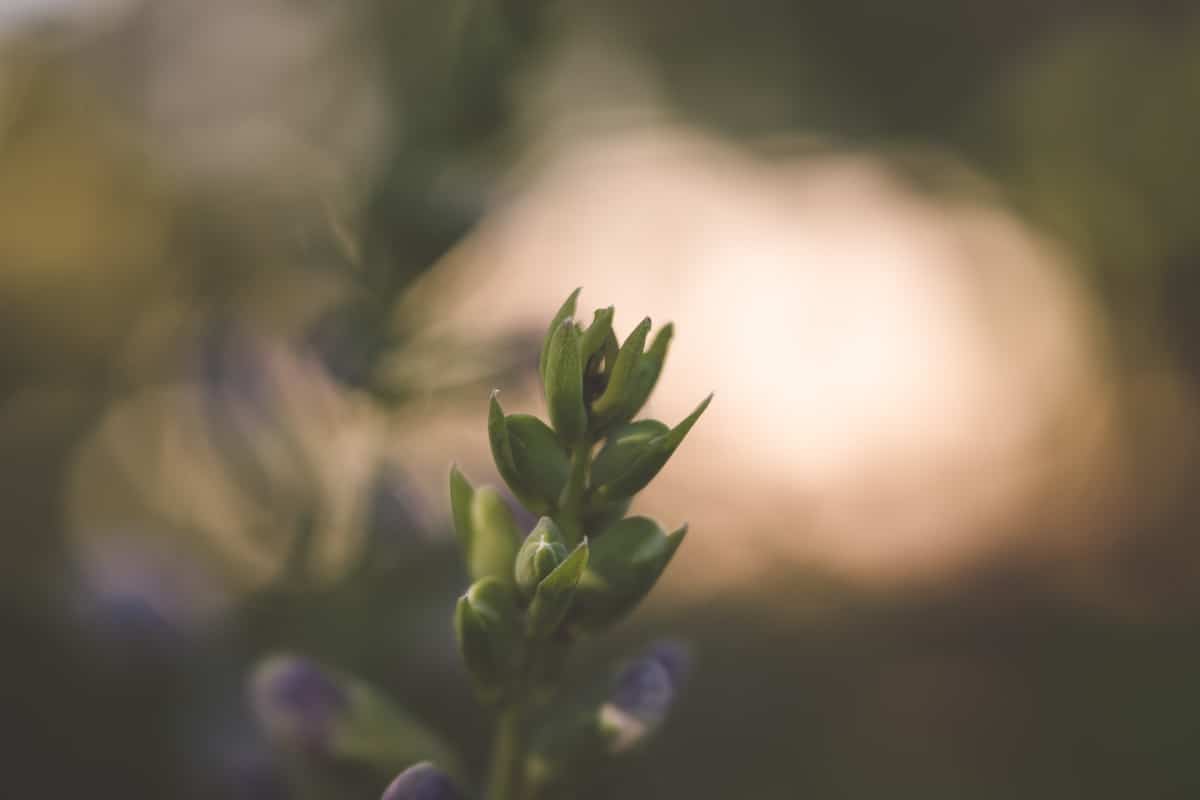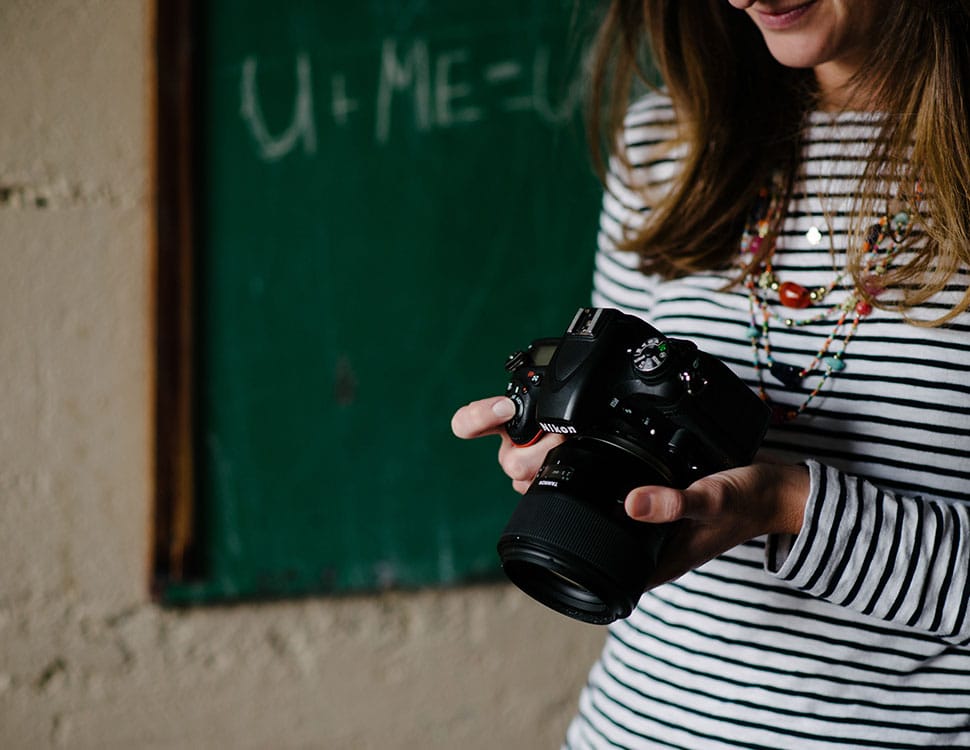What is exposure bracketing?
#photographyhobbyist #photographybestoftheday #photographyforever
You bracket your exposure when you take a series of frames of the same scene at different exposure settings (under exposed, correctly exposed and then over exposed) to ensure that you achieve a correct exposure.
Before digital, and the ability to check the histogram for an accurate exposure reading, bracketing was widely used in tricky lighting conditions.
Further reading on exposure: The exposure triangle – why is it so important to know?
Why use automatic exposure bracketing?
Doing it manually takes time, but if you use automatic exposure bracketing (AEB) it happens instantly with each push of the shutter. So you won’t lose the shot while you’re changing your camera settings.It’s also a great way of ensuring detail in both the shadows and the highlights as all three exposures can be blended into one on the computer. This is using exposure bracketing for HDR (high dynamic range) photography.
Can you use exposure bracketing in manual mode?
Yes. There are two ways to use exposure bracketing in manual mode:- You can do it manually by changing any of the three exposure settings – shutter speed, aperture or ISO.
- Or you can do it automatically in any shooting mode. In manual mode the shutter speed will automatically change with each frame.

These photos were taken 3 seconds apart. I was shooting in manual mode and simply changed the aperture by 1 stop. I could have changed the shutter speed instead. In the image above the sky is over exposed. In the image below, the sky is correctly exposed, but the foreground and Tower Bridge are under exposed.
Camera settings: Shutter speed 1/250, ISO 200, f11 (above image) and f16 (below image)
Camera settings: Shutter speed 1/250, ISO 200, f11 (above image) and f16 (below image)

How do you use automatic exposure bracketing?
Automatic exposure bracketing (AEB) varies from one camera manufacturer to another and even from one model to another of the same manufacturer. Some camera makes are easier to use than others.The good news is that automatic exposure bracketing makes the whole process really easy, so it is well worth the time finding out how your camera’s system works. For me, the best way to figure something out is just to play with it. If you prefer to follow directions, your camera manual will help you.
On my Nikon D810, I push the BKT button, then select the number of shots I’d like to take (ie how many photos to bracket it by) by turning the main command dial (the one at the back). I turn the sub command dial (the one at the front) to select the exposure value difference of each frame (ie to change by a full stop or a third of a stop etc).
On both my Nikon D810 and D700 I can bracket in differences of 1 stop, 2 stops or 3 stops, and at as little as a third of a stop at a time.
I can also set it to 3, 5, 7 or 9 frames of bracketing. So if I set it to a 1 stop difference with each shot and then select 9 frames, it will take shots at -4, -3, -2, -1, 0, +1, +2, +3 and +4 stops.
I can also set it to bracket in just one direction – either over or under – rather than one either side of the “correct” exposure, which is the usual way of exposure bracketing. So if I set it to -2, it will take a shot at the correct exposure, then -1 stop, then -2 stops. If I select +2, the opposite happens.
My D700 doesn’t have a dedicated BKT button, but I set one of the other buttons to work for exposure bracketing. Also, it can’t bracket by more than a 1 stop difference at a time, only 0.3, 0.7 or 1 stop. It can, however, bracket up to 9 frames like the D810. The same is true for my old D300.
The basic operation is similar, but as you can see it varies slightly from model to model.
What mode will work for your exposure bracketing scenario?
Once you’ve set your exposure bracketing you need to decide which mode you want to shoot in:- In shutter speed priority the aperture will change.
- In aperture priority the shutter speed will change.
- In program mode both the aperture and the shutter speed will change.
Speed or stillness?
Is it possible that the scene might change?Set your drive mode to continuous, either high or low, depending on how quickly you need to work through the frames. This way you can press the shutter once and hold it while the camera clicks through the frames.
Is the scene still with sharpness is your priority?
If you’re photographing something still, such as a bowl of fruit, architecture or a landscape, here’s how to avoid any possibility of camera movement between shots. Put your camera on a tripod, set it to self timer and set your timer to a delay of 2 seconds. This way you just push the shutter once and it will cycle through the bracketing according to how you set it up.

Automatic exposure bracketing set to 3 frames with a 1 stop change in exposure for each from. The shutter speed changed by one stop for each image from 1/6400 to 1/3200 to 1/1600, so the image went from under exposed to correctly exposed to over exposed.
Aperture and ISO remained the same throughout.
If you’re planning on blending the images, ensure that the aperture stays the same throughout your images so that your depth of field is constant. To do this, shoot in aperture priority or manual mode so that the shutter speed changes instead.
When you’re photographing action your scene will change between each shot, so the chances of the best composition being the best exposure as well is small.
Aperture and ISO remained the same throughout.
To recap on the steps
- Set the number of frames you want to take.
- Set the exposure difference you want for each frame.
- Decide on which mode you want to shoot in.
- Decide on how fast or slow and set your drive mode or self timer accordingly.
When is exposure bracketing not helpful?
If there are moving elements in a scene and you’re planning on combining your exposure into one, it will be difficult to blend the images together, as each image will be slightly different from the othersIf you’re planning on blending the images, ensure that the aperture stays the same throughout your images so that your depth of field is constant. To do this, shoot in aperture priority or manual mode so that the shutter speed changes instead.
When you’re photographing action your scene will change between each shot, so the chances of the best composition being the best exposure as well is small.
There’s more to bracketing
You will have noticed that I didn’t just say bracketing throughout this article, but exposure bracketing. Although exposure bracketing is by far the most common and when photographers refer to bracketing, they usually mean exposure bracketing. However, there is more than just one type of bracketing. There is also:- Flash bracketing
- Focus bracketing
- Depth of field bracketing
- White balance bracketing
Last important note…
Remember to switch bracketing off when you’ve finished with it as it doesn’t reset itself back to zero. Been there, done that. Was very confused for a bit.
If you have any questions about exposure bracketing, let us know in the comments.
Also, we love good news, so if our photography tips have helped you to understand how to bracket exposures, share that too.
Courtesy of: The Lens Lounge
Also, we love good news, so if our photography tips have helped you to understand how to bracket exposures, share that too.
Courtesy of: The Lens Lounge





















